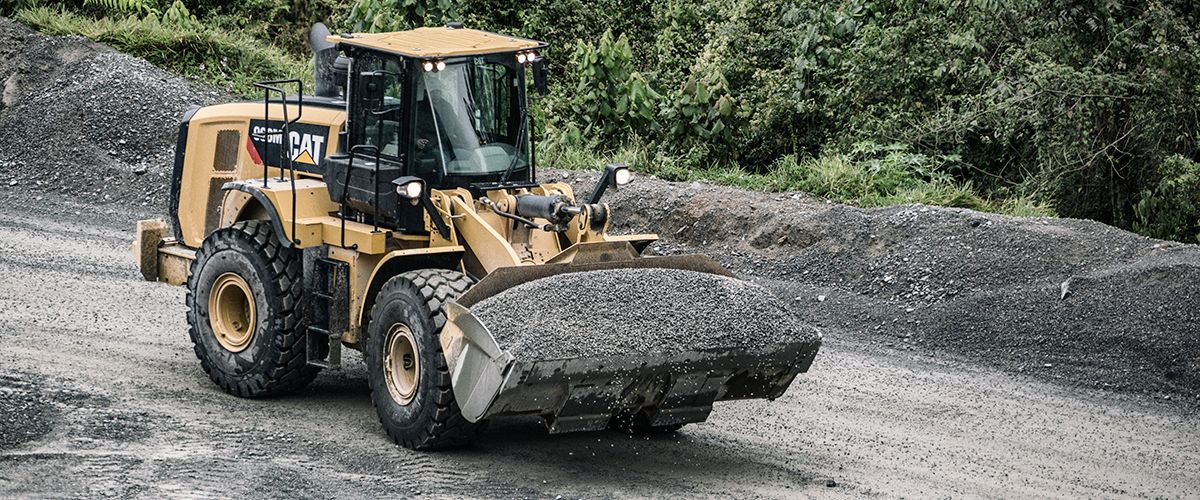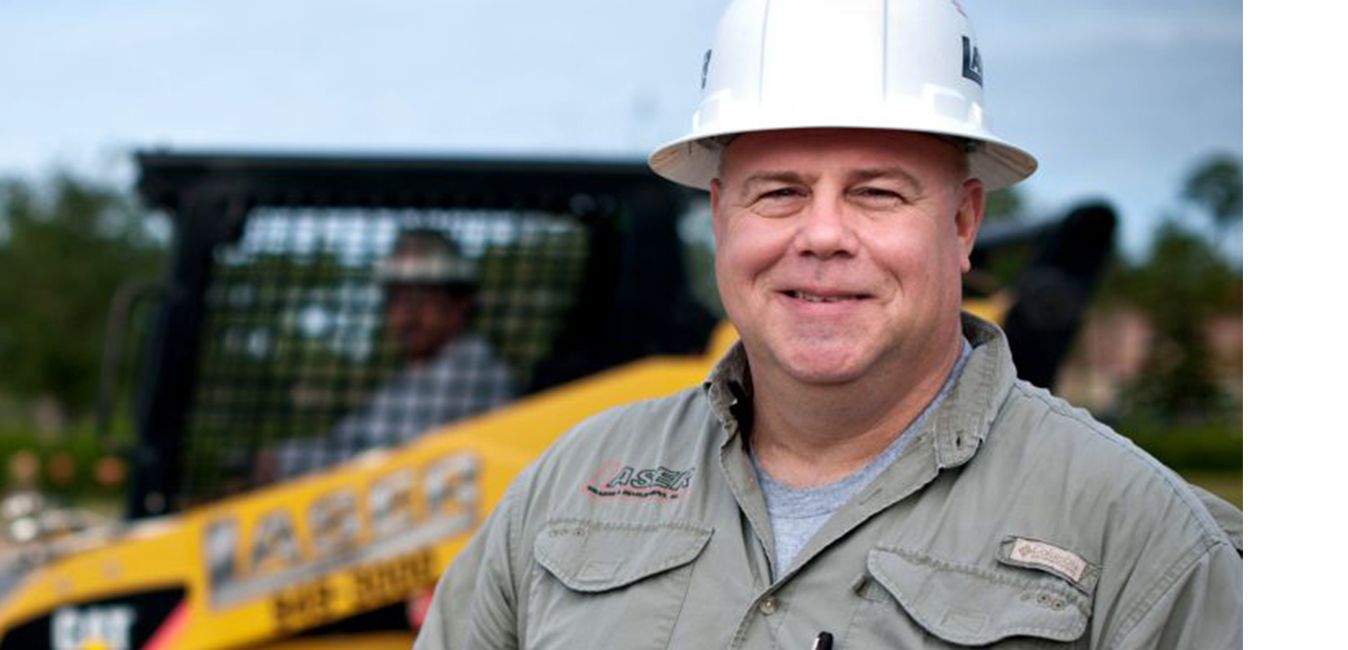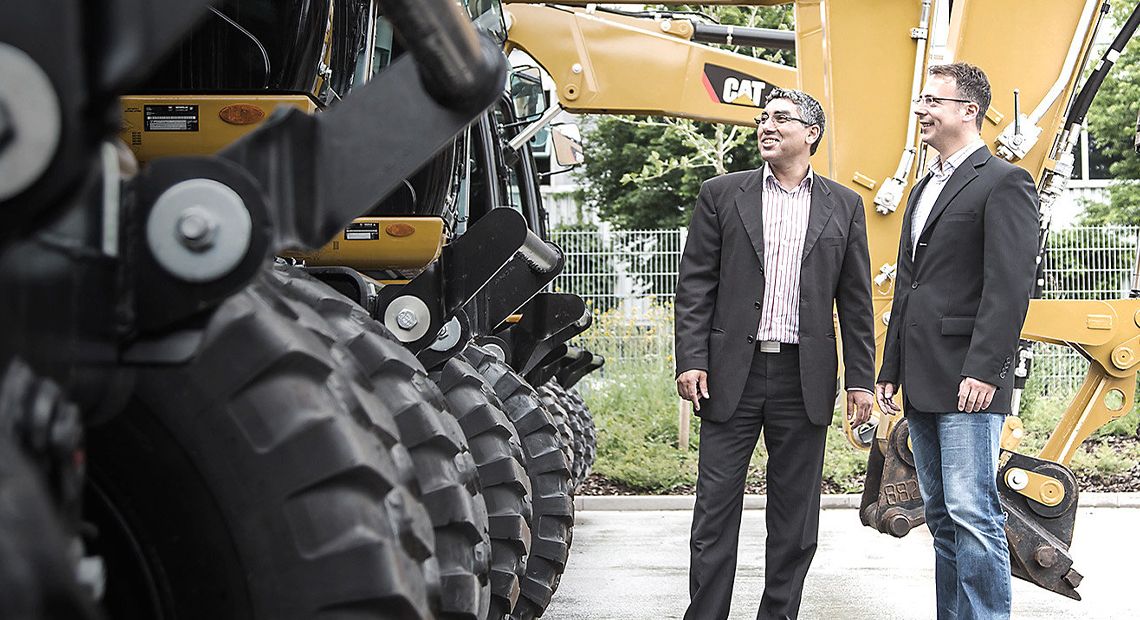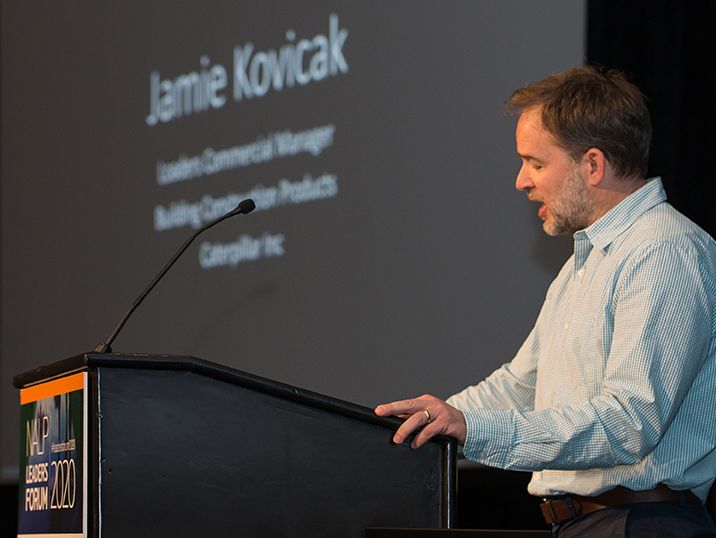

Sign In
Welcome! Sign In to personalize your Cat.com experience
If you already have an existing account with another Cat App, you can use the same account to sign in here
Register Now
One Account. All of Cat.
Your Caterpillar account is the single account you use to log in to select services and applications we offer. Shop for parts and machines online, manage your fleet, go mobile, and more.
Account Information
Site Settings
Security
Lease Your Way to Success
Growing your fleet often goes hand-in-hand with growing your business. Taking on new jobs may require bigger or more specialized equipment. Taking on additional projects may push you to replace aging machines with more productive, fuel-efficient or safer models. Don’t let a lack of cash, poor credit or limited access to financing hold you back from pursuing these opportunities. Leasing construction equipment is a viable option, and the decision to lease versus own has benefits for many operations. Here’s how:
It keeps the cash flowing.
Construction equipment requires an upfront investment, and even if you have cash on hand, you may not want to put it all down on a machine. A reasonable monthly payment is much easier for many operations to swallow than a large lump sum. (A down payment may not even be required.) Concerned about interest charges? Seek out a low interest rate and be sure to compare how much additional money you can make each month using a new machine with the amount of your monthly payment — that will help you determine if it’s a good investment.
It frees up money for other purposes.
Sure, equipment can be a big expense — but it’s not your only one. Maybe this is the year you’re planning to invest in new technology, add more operators to your workforce or move into a bigger building. Leasing equipment can give you more access to the cash you need for these priorities. Run a seasonal business? Look for lenders who understand the cyclical nature of your operation. They’ll likely be more willing to work with you on a flexible schedule that allows you to keep paying the bills even during slow times.
It can help you stay up to date.
Most leases come with options at the end of your term: purchase the equipment, trade it in for a new machine or return it. If you’re concerned about keeping up with the latest technology or other features, leasing’s a great way to stay current. Choosing the trade-in or return option makes it easier to upgrade to a new model without worrying about how to dispose of what might be an outdated machine.
It may come with tax benefits.
The tax advantages are greater when you buy equipment, for sure — but leasing still comes with the benefit of a tax deduction for your lease payments. (Tax laws change from year to year, so check with your accountant or advisor to confirm the current rules.)
Leasing tips to help you save even more
- Read the contract. Don’t be tempted just to sign on the dotted line. Take a careful look and make sure you understand what you’re agreeing to. You don’t want to discover later on that you’re responsible for costs you didn’t factor into your budget.
- Ask for what you want. Don’t be afraid to make some demands, like requesting the estimated number of operating hours each month you’ll need to avoid overage charges, or including oil changes in your monthly payment. The worst that can happen is a “no” answer.
- Get an inspection. Don’t skip this important step — and make sure it includes detailed photos of the machine you’re leasing. When you return the equipment, you’ll want to avoid being charged for any damage you didn’t cause.
Is leasing right for you?
The lease versus own decision isn’t easy, and the “right” answer depends on your individual situation. How much capital do you have available for acquiring equipment? Are there other priorities vying for that money? How many years are you planning to use the equipment — and how many hours each year? Is it a popular model that will bring a great resale price or a more specialized machine that may be harder to sell? Will you need to invest in training operators or technicians to use or service the new machine? All these considerations (and more) factor into the decision.
This simple Lease/Own Comparison Tool can help you get started down the right path. Then, talk with your financial advisor to determine what makes the best business sense for you.
RELATED ARTICLES
You’re here to get ideas to grow your business. Read on for machine insights and expert tips and tricks to get more out of every job.
-
Points Award System vs. Pure Bid
Why should you use a points award system rather than a traditional bidding process? We explore how this method can impact your business.
Learn More -
A New Way to Keep Score
Life cycle costing drives fleet management strategy.
Learn More -
The Fast Track
Piggybacking onto national contract enables county to meet landfill needs.
Learn More -
Building a Winning Company Culture
At this year’s NALP Leaders Forum, Jamie Kovicak, Caterpillar Loaders Commercial Manager, spoke about why a great company culture is key to building a successful business.
Learn More





